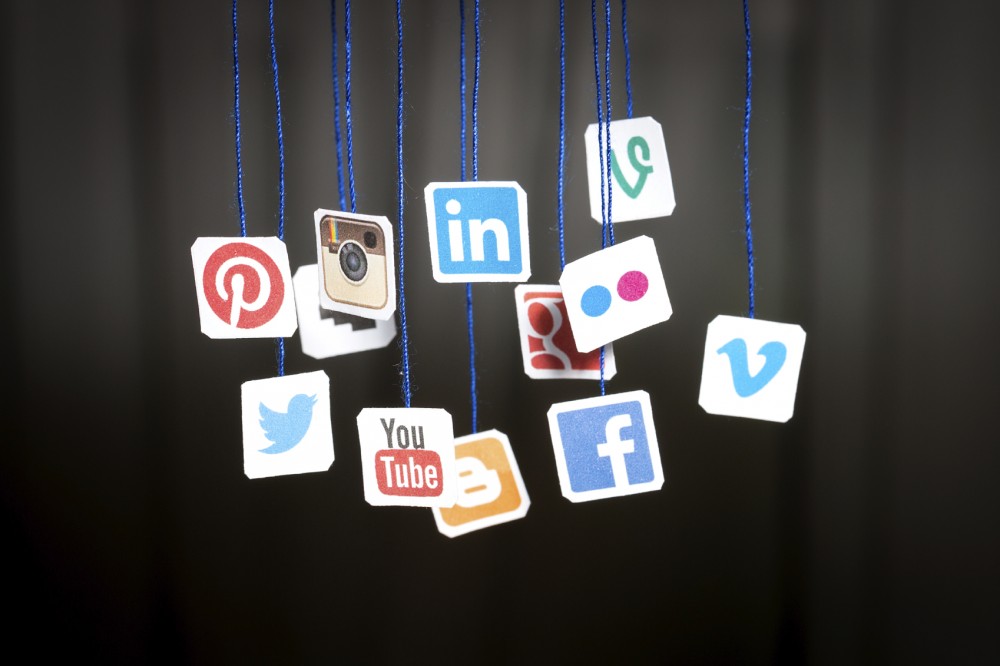![]()
With any statewide agency, the audience reach is broad and diverse. It can be enticing to have multiple digital channels to communicate with everyone you need to reach. On the other hand, it can be damaging to your brand to spread out your content too wide. It’s vital to think through the strategic pros and cons of having one or multiple social media accounts for your brand.
Many big brands maintain dozens if not hundreds of Facebook and Twitter pages meant to appeal to their local audiences with real-time information. Two major names are Lululemon and Whole Foods. Their strategy is to have one overarching account for the corporate brand and individual pages for local stores. These brands depend almost entirely on in-store engagement in the form of product sales and events. What’s happening in a Washington D.C. area store does not matter at all to someone who lives in Los Angeles.
While these brands are dispersing their audience reach by doing this, they are thinking strategically through the entire process. Each operates a corporate communications team that advises local page administrators on best practices and policy guidelines. This ensures a certain level of consistency from page to page.
The site-based pages push hyperlocal content, such as job openings and in-store events, while the bigger page focuses more on company-wide messaging. They work to give viewers a peak into their brand, hoping to entice them to “like” their local page and get engaged in real life.
This approach of multiple pages requires two things to succeed: hyperlocal content with an in-person engagement opportunity, and various employees who are social media savvy.
Now let’s look at a brand that has chosen the reverse strategy and maintains only one presence on Facebook: sweetgreen. For co-founder Nathanial Ru, opting for one page is an effort to streamline employee productivity. “Having a single page lets us engage with our customers in a streamlined and sustainable way, rather than managing multiple pages, where communication and brand voice get lost,” says Ru. “We’re big believers in quality versus quantity.”
There are some options in between having a dozen place-based pages and one digital corporate identity. Facebook has created tools to allow multiple pages to work together, like parent-child integration. You can also target your organic (unpaid) posts to be seen by a specific demographic.
With the easy availability of tools like this, the cons for multiple social pages are worth considering. There are search engine optimization penalties when your brand name is heavily diluted. Multiple pages require more time-intensive management by staff. And when that key staff member leaves or is reassigned, they may inadvertently take the log-in information with them, resulting in a webpage that lives forever without you being able to touch it.
For most state-wide government agencies, there is a central location where most of the work happens. But in some cases there may be satellite offices, clinics, schools or parks. My advice basically boils down to this: multiple pages are appropriate and beneficial if they correspond to different physical locations. If most of your work is conducted in the same building and therefore doesn’t have the local reach of a brick-and-mortar business, then maintaining only one page is a better way to go.
Kim Schoetzow is part of the GovLoop Featured Blogger program, where we feature blog posts by government voices from all across the country (and world!). To see more Featured Blogger posts, click here.





Leave a Reply
You must be logged in to post a comment.